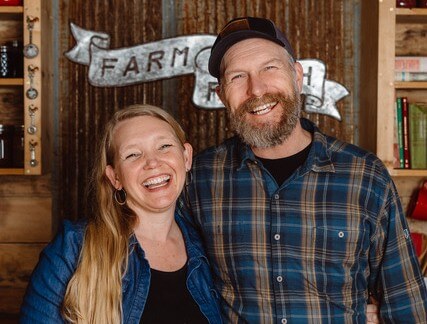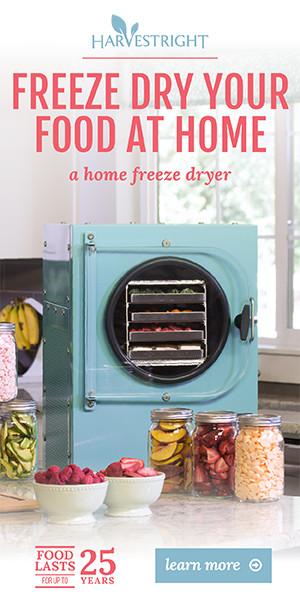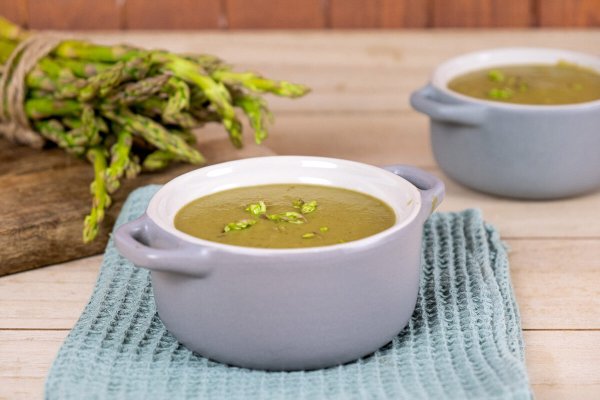







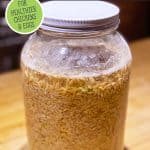
Learn how to ferment chicken feed for cheaper and healthier egg-laying hens. This feed is also great for meat chickens and other poultry like geese and turkeys! This simple four-step fermentation process will not only save you money on feed, but will improve the health and quality of your livestock.
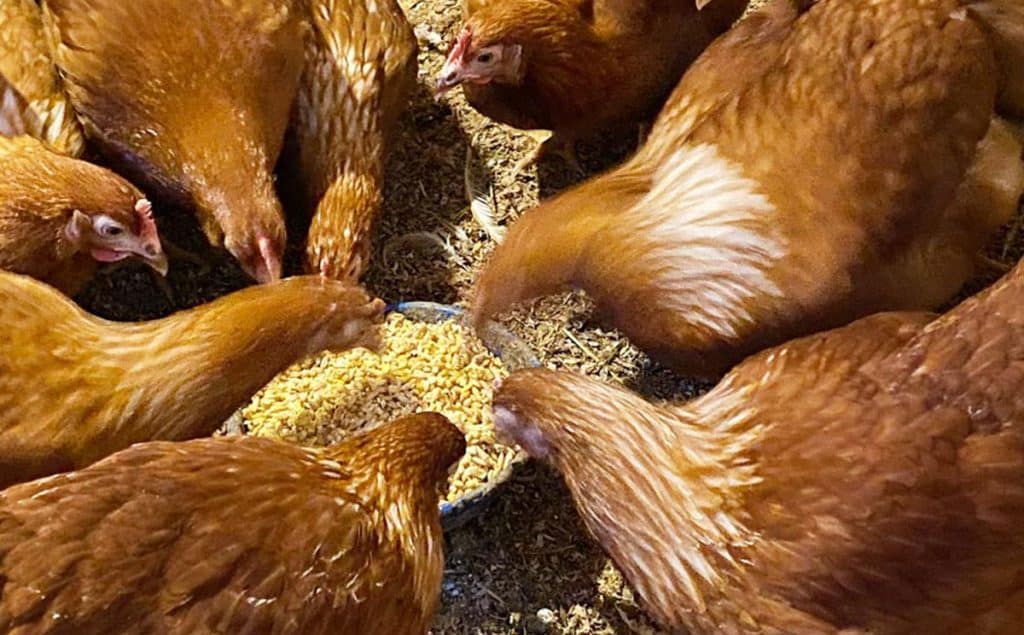
When raising backyard egg-laying hens, or raising meat chickens yourself, we want to make sure we’re doing everything we can to provide a safe environment that allows the chickens to thrive.
Whether that means keeping them in a portable chicken tractor or having a coop with access to ample vegetation, we want to give our chickens a healthy life and in return, they produce a healthy product for us.
Fermenting your chicken feed is a great way to ensure you’re feeding your chickens some of the healthiest food possible, plus shaving some money off your feed bill.
Why Feed Chickens Fermented Feed?
Grains are made with a protective coating that seals in all their nutrients and allows them to be able to be stored long-term (which is why they’re great to have in your long-term food storage supply).
This means our bodies, or whatever is eating the grain, have to work harder to digest the food and get the nutrients out, and much of those nutrients just pass through. So if we can make those nutrients more easily available then we’re going to be able to feed them less because they have more access to the full spectrum of nutrients in the grain.
As you soak and ferment grain, the grain begins to mimic what happens in nature. The grain softens and releases the nutrients so it can begin to sprout.
We’re taking it one step further with fermentation which actually adds probiotics, and even increases vitamins and nutrients that are available.
Health Benefits of Fermented Chicken Feed
The benefits of fermentation extend to our animals as well as ourselves!
- Fermenting makes nutrients, minerals, and vitamins more bioavailable.
- Produces healthier, more nutritious eggs.
- Reduces phytic acid and enzyme inhibitors.
- Fermented foods are easier on the digestive system.
- Contains probiotics for better immunity.
- Fermenting chicken feed increases the volume along with more nutrients so your chickens will eat less.
- The bottom line, fermented foods are more nutritious!
Healthier Eggs
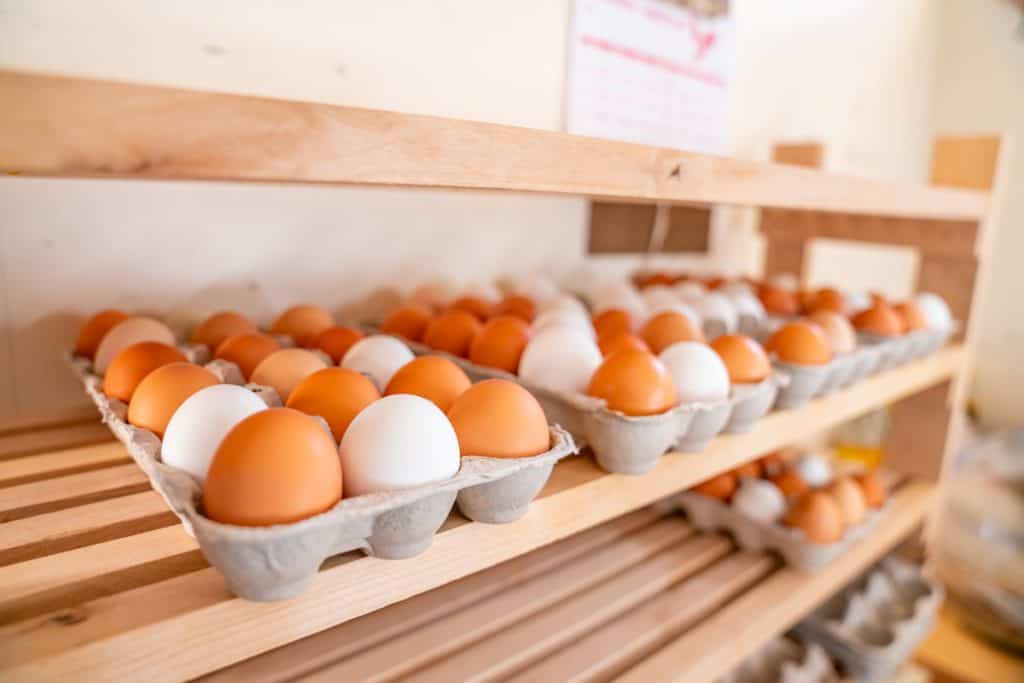
Because “you are what you eat”, if our chickens are eating healthier food, their overall health will improve, which in turn produces healthier eggs.
Chickens that eat fermented feed and are allowed to free-range to get adequate protein from insects and bugs will produce eggs that are so mineral rich their yolks are almost orange in color.
The healthier your chickens eat, the healthier we eat when consuming their eggs. This is one good way to be proactive in preventing common poultry diseases on your homestead.
Reduced Phytic Acid & Enzyme Inhibitors
Because phytic acid and enzyme inhibitors are “turned off” through proper fermentation, your chickens will have an easier time digesting their feed allowing them to absorb more of those bioavailable nutrients.
This also means the chicken’s crop and gizzard aren’t being unnecessarily overworked.
These are some of the same reasons we like to consume sourdough products over yeasted, sprouted grain over un-sprouted, and fermented veggies (sometimes) over veggies in their raw or cooked state.
Probiotics & Immunity
Again, we love consuming foods like kombucha and sauerkraut on a daily basis to get a constant supply of healthy probiotics for our gut.
When our gut is healthy our immune system can focus on warding off viruses and bacteria.
This is the same for our livestock which is another reason we love feeding our chickens fermented feed.
The increased probiotics in their systems means they are more equipped to ward off poultry-borne illnesses.
Reduces Feed Cost
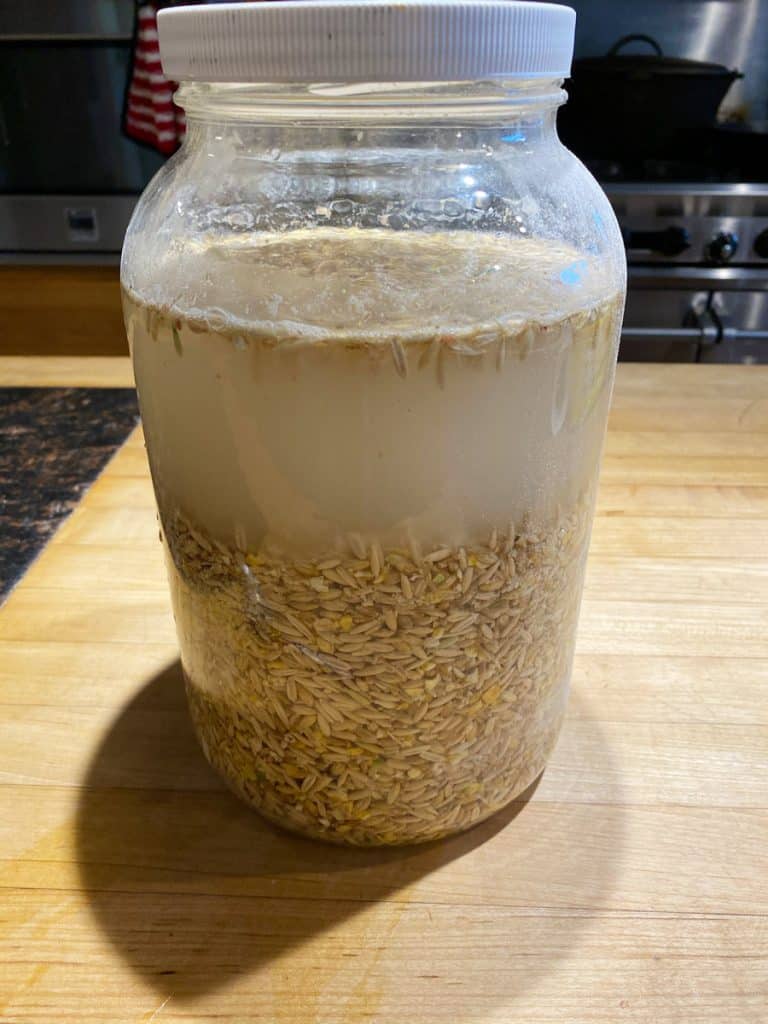
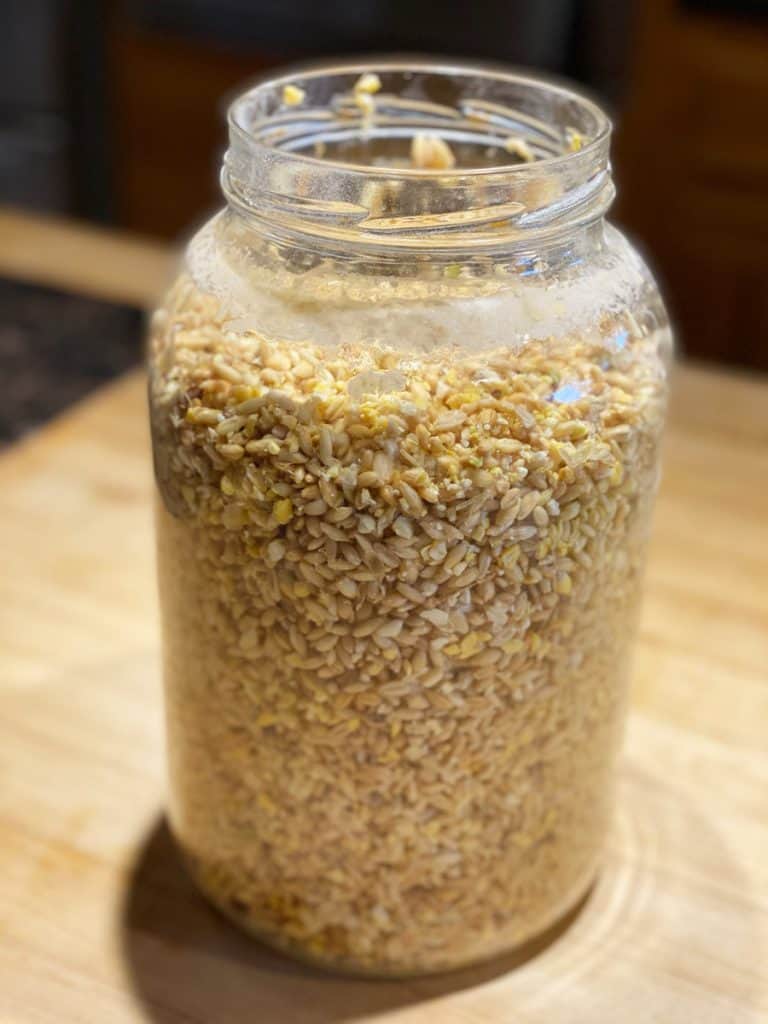
As you can see from the images above, when you ferment your chicken feed the volume increases by nearly twice the amount, so your dollar is actually going further.
And because there are more nutrients available, your chickens will not only eat less, but they’ll get more nutritional benefits from the food they are consuming.
It’s just like humans, if we eat a diet rich in the healthy macronutrients our bodies need to survive, we won’t need to consume as much food.
However, if we’re filling our bodies with empty calories, mainly carbohydrates, then we’ll find ourselves hungry all the time and lacking the energy to be very productive.
When to Feed Chickens Fermented Feed?

Depending on the quality of your grain, you can feed exclusively fermented chicken feed. However, as I shared in the video above, we only buy scratch feed, which lacks protein, a critical nutrient for chickens.
We can get away with feeding scratch because we allow our chickens to free-range for bugs and insects.
How to Ferment Chicken Feed
This is the method we use to save 40% or more to feed our egg-laying hens, meat chickens, and all our poultry.
We use a four bucket system because, in our climate, it takes about three to four days to fully ferment our feed. If it’s warmer you may be able to do this process in about 24 hours. You’ll just have to experiment with what works best for your climate.
(Watch the video to see exactly how I transfer feed from bucket to bucket)
Day-By-Day Instructions
I fermented a smaller quantity of chicken scratch in a one-gallon glass jar so you could see just how much the volume increases (see photos below).
If you’re feeding a large flock of chickens, I’d recommend fermenting your feed in multiple 5-gallon buckets as demonstrated in the video.


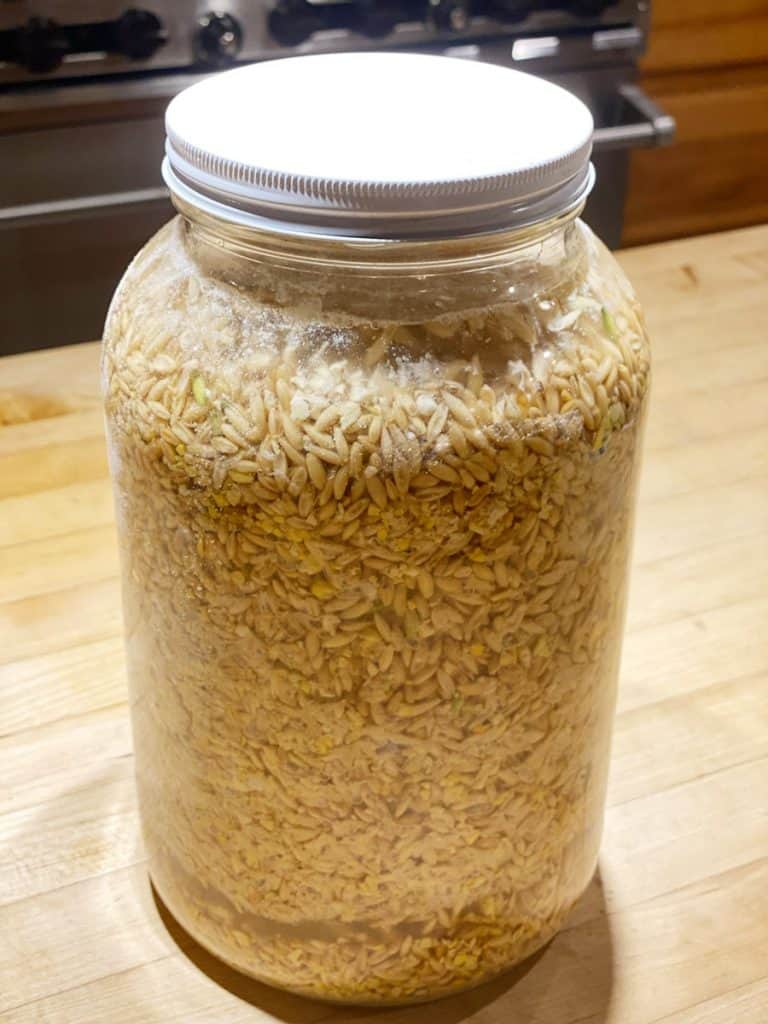
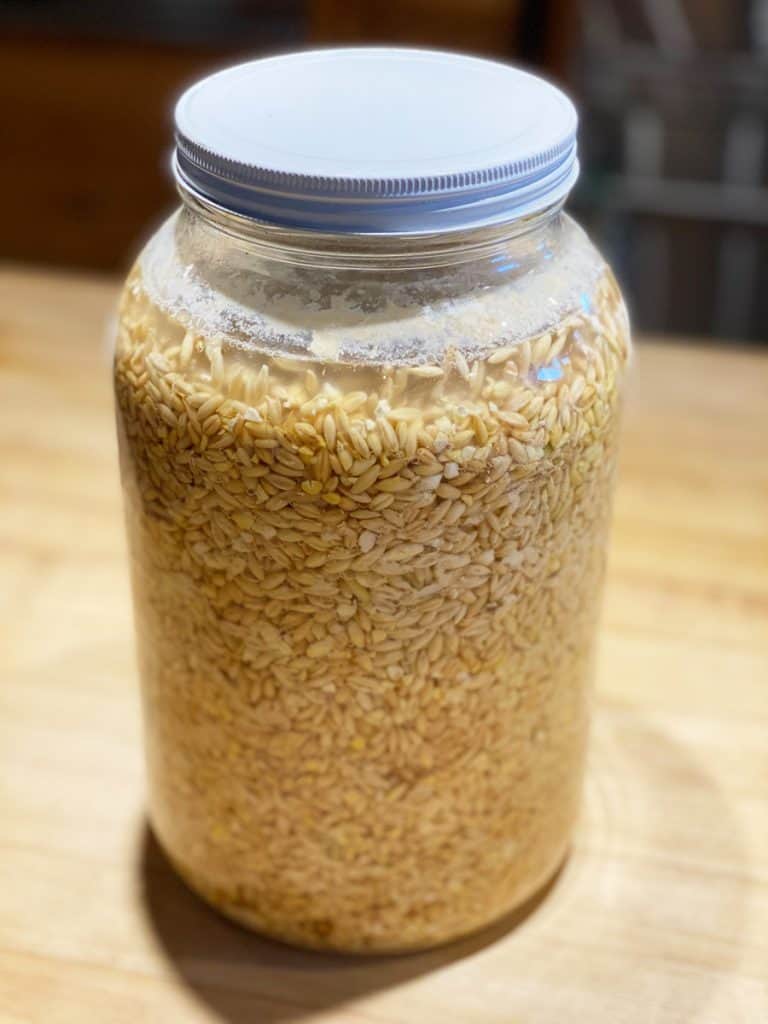
- Day one – Add enough feed for one day to a clean bucket and cover with fresh water. Stir well and let sit 24 hours.
- Day two – Transfer feed and water from day one to a new clean bucket (this isn’t necessary, you can just stir your feed each day, but I find with the quantity we’re fermenting, it’s just easier to transfer it to a new bucket each day to ensure everything is well mixed). On day two you want to start a fresh bucket of grain (following directions from day 1).
- Day three – Transfer day two’s bucket to a new clean bucket, transfer day one’s bucket to day two’s bucket and start a new batch of feed following day 1’s instructions in a third clean bucket.
- Day four – Transfer day three’s bucket to a bucket with a hole drilled in the bottom so the water can drain out (save about 2 cups of the liquid to inoculate your fresh batch of feed). This is the feed you’ll use to feed your chickens today. Transfer each bucket of feed to the next day’s bucket and start a fresh batch of feed.
- Continue this process daily and you’ll always have enough fermented chicken feed to feed your flock.
- You may need to reduce the amount of feed you start with if you find your chickens aren’t consuming the entire bucket in a day.
Do You Need to Add a Starter Culture?
You don’t have to add a starter culture if you don’t want to, your grains will eventually begin to ferment after a few days.
However, if you want to inoculate your feed on day one to jump-start the fermentation process, you can take about two cups of the liquid from day 4’s bucket (before dumping it out) and add that to your fresh batch each time you make it.
Alternatively, you can add about a cup or so of any other ferment you might have going in your kitchen (kombucha is a great option or even apple cider vinegar with the Mother!)
What Kind of Chicken Feed Should I Buy?
Where we live we don’t have organic chicken feed available to us at a reasonable price we’re willing to pay, so we use a non-GMO scratch mix (for even further cost savings).
If you have organic quality feed available that you can afford, then this would be our recommendation.
However, we’ve found that if you can allow your chickens to free-range, or if you keep them in a portable chicken tractor, this is even better and you can get away with a lesser quality food because they’re getting plenty of nutrients from bugs and other vegetation.
Can I Ferment Chicken Mash or Pellets?
We haven’t tried this method with mash or pellets, and it seems like it would be quite messy. It’s also more expensive.
The scratch mixture is the feed we use and we have been very happy with the results.
How Much Do I Feed My Chickens?
Most feed bags will tell you 1/4-1/3lb of food per chicken per day. We always start on the lower end and adjust as needed.
You may even find that 1/4 lb of fermented feed is more than enough for your chickens depending on what other bugs are available to them.
Read our next tip for how to know if your chickens are getting enough feed.
How Do I Know if My Chickens Need More Food?

Always start with a full ration of feed, which is 1/4-1/3 lb of feed per bird every day.
We feed our chickens both morning and night, so each bird would start off with 1/8 lb of feed per feeding.
If you notice there is extra feed on the ground when it’s time for the next feeding, you can decrease the amount of food you give them.
Likewise, if you notice there is never any food left on the ground, you can increase the amount. But not so much that there’s extra left over, just increase enough to where they’re consuming it all, but wouldn’t want any more.
Then, as you’re able, get them out into the open pasture, or even a fenced-in area of your backyard where there is plenty of vegetation so they can peck and scratch for bugs.
You may find as you let them free-range that you can further decrease their feed. It’s a great way to feed your chickens without chicken feed.
You’ll also want to track your egg production by writing down how many eggs you bring in each day. You need to do this for a long period of time because egg production can vary from day to day.
If you notice a gradual decline in egg production, you may want to increase their feed.
If you notice a decline in the egg quality (the color of the yolks is paler, or the shell is more brittle), your chickens may not be getting adequate nutrition from bugs, in which case you may need to switch to a feed that includes the additional protein.
It’s a constant adjustment throughout the year as insects, bugs and other vegetation is available to them.
Frequently Asked Questions
Can I Feed Fermented Grains to Other Animals?
Yes! We feed this to our chickens (both egg layers and meat chickens), turkeys, and ducks!
It’s always important to make sure the protein ration is adequate for the animal you’re feeding. So always do your research.
Is feeding ONLY the fermented scratch to chickens OK?
Scratch, in and of itself for chickens that are in a smaller space is not enough protein for your chickens.
We use scratch because it’s less expensive, then by soaking and fermenting we’re bringing out the nutrition that’s there and adding vitamins, probiotics and other nutrition.
But if you’re raising chickens in a small coop in the backyard that’s not getting moved around, the scratch will not be enough nutrition for your chickens.
If you can allow your chickens to free-range for bugs and vegetation, this is the best combination with the fermented chicken feed.
During the summer months when they’re out in large areas of pasture, we can lower the food they’re getting each day even further. You just have to let your chickens tell you how their nutrition is going.
What Should the Fermented Feed Smell Like?
There should never be an off odor to your feed. It may smell slightly sour (I actually think it smells kind of sweet, much like kombucha or water kefir), but if it smells repulsive or moldy, then I would toss it out and start a new batch.
Why Does My Ferment Stink?
Some people think many fermented foods smell bad. We think fermented foods have a pleasantly sour, almost sweet smell. However, some of our kids would disagree with that description!
If your fermented chicken feed smells repulsive, you may be having some issues that are likely fixable.
- If your temperature is hot, your ferment will be ready in less time and you may not need a full four days. Experiment with as little as 24-48 hours.
- Make sure your fermenting grain stays submerged. If you have grain that floats to the surface and is exposed to oxygen, this is an opportunity for bad bacteria to grow and ruin your ferment.
- Make sure you’re stirring your ferment each day (we do this by transferring buckets) to allow any air pockets and all of the grain to get fully fermented and soaked by the water.
- Use some of the “brine” or water from your day 4 ferment to innoculate your fresh batch. This can speed up your ferment if things are extremely cold where you live and the process is taking too long.
- If you have large temperature fluctuations, try moving your ferment into the barn, garage, or even a mudroom where the temperature is more stable. Ferments really do best with a slightly warmer climate, anywhere from about 68-76 degrees Fahrenheit. This doesn’t mean your feed won’t ferment in colder temperatures, it will just take longer.
And there you have it! Everything you need to know about fermenting chicken feed to lower your cost and improve the health of your chickens (and their eggs)!
We hope you found this post helpful, if you have any further questions about fermenting chicken feed, hop on over to the YouTube video and read through the comments there, if you still can’t find your answer, leave us a comment on the video and we’ll do our best to respond.
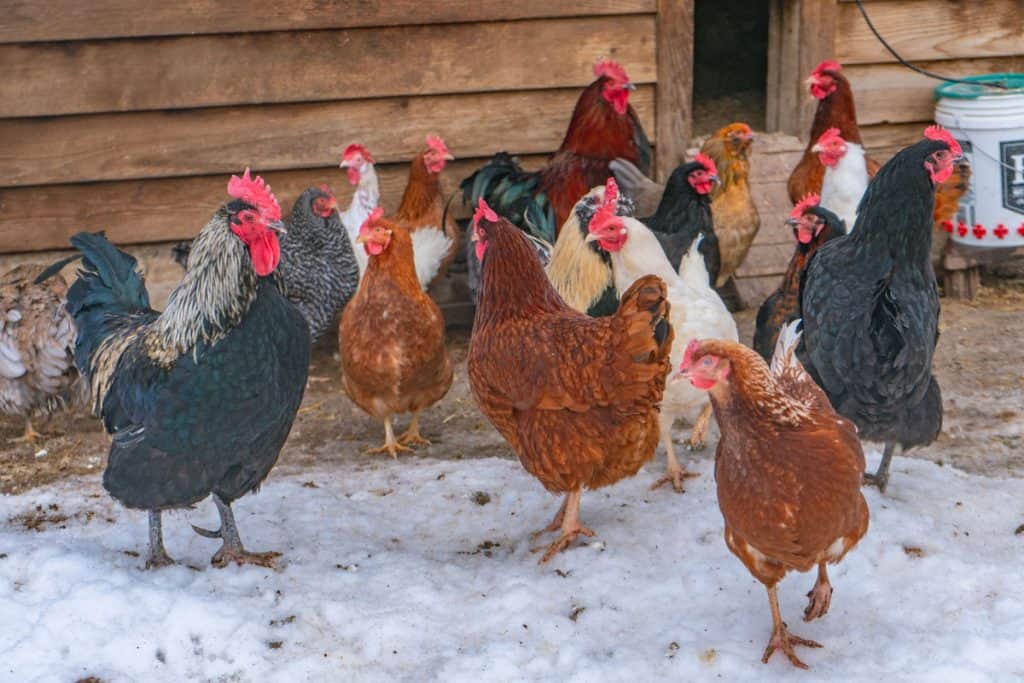
Related Posts
- Broody Hen Management
- Deep Litter Method for Backyard Chickens (With or Without a Coop)
- How to Handle Farm Fresh Eggs
- Using Medicinal Herbs on Farm Animals
- Mineral Supplements for Livestock
- 5 Egg Preservation Methods (Use or Preserve Your Extra Eggs)
- Everything You Need to Know About Raising Meat Chickens
- Using Chickens to Restore the Land

